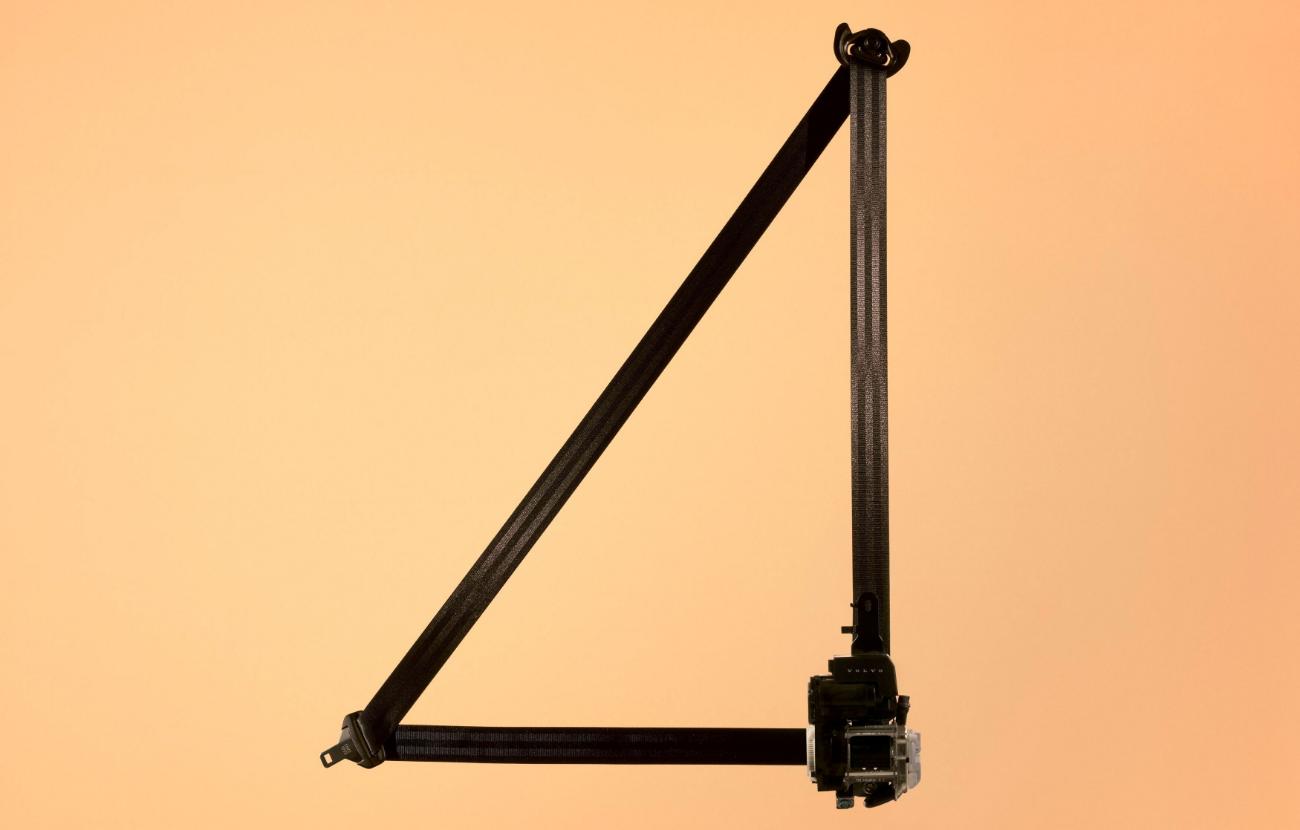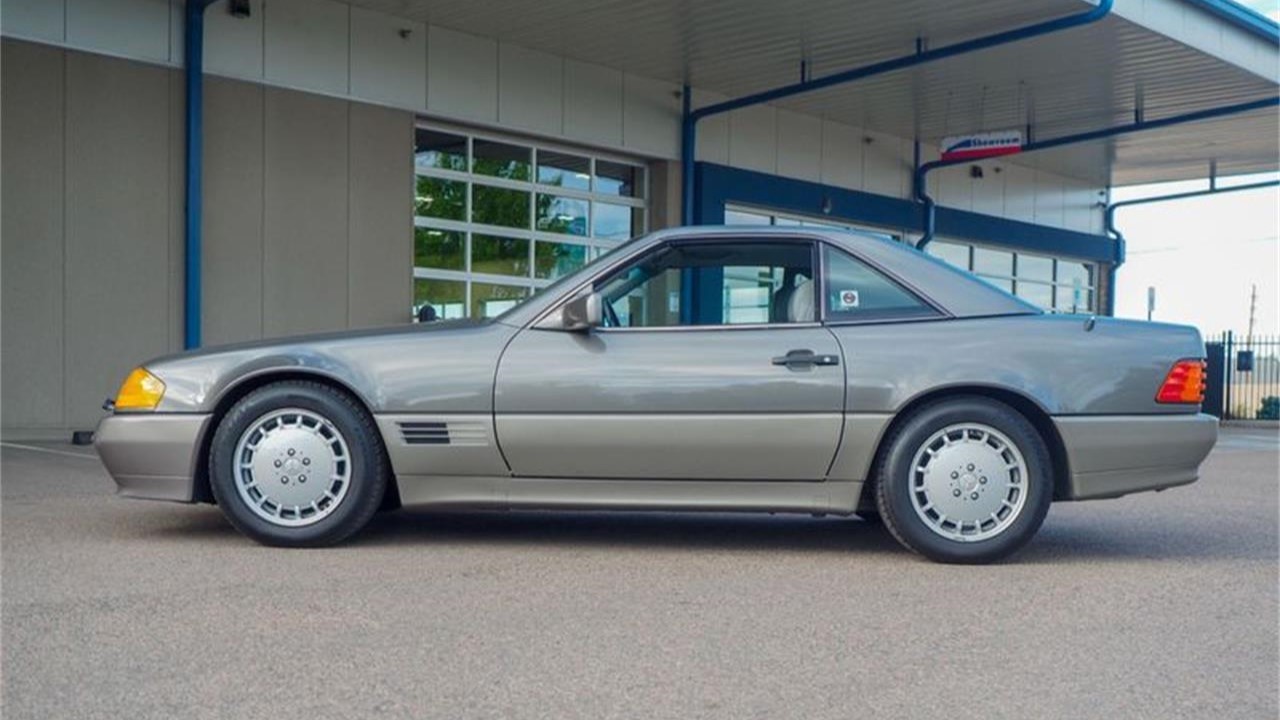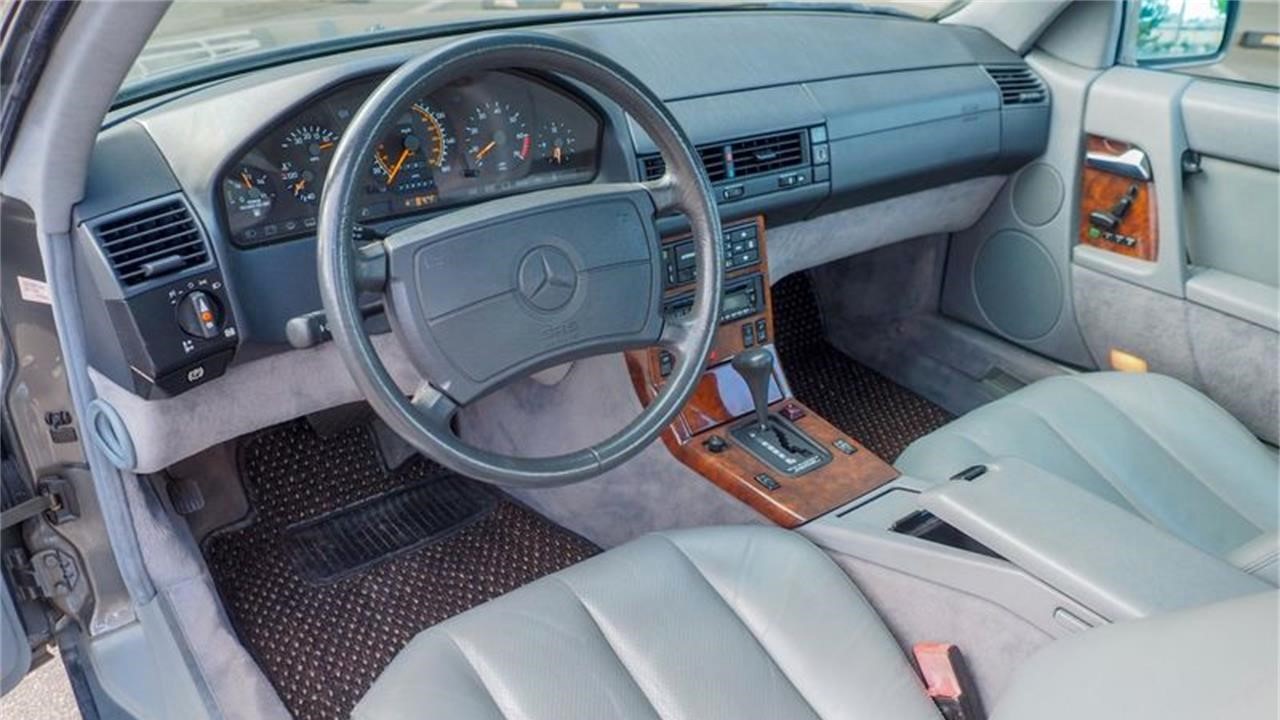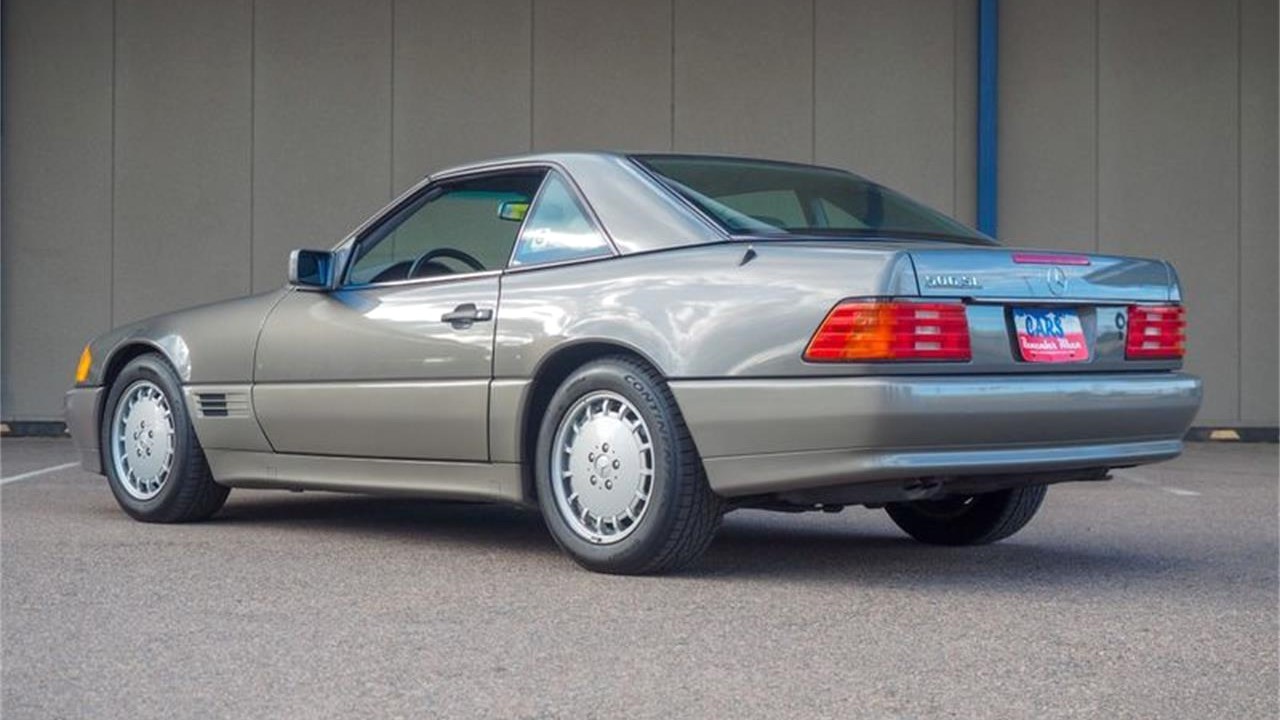Modern living is great! You live in your smart home where the lights turn on when the alarm on your smart phone goes off, then you ask your Alexa Echo to tell you about the latest and greatest news/online spats while you take a shower. Next, you get dressed and put on your Ray-Ban Meta glasses and your smart watch before heading downstairs, where you pound some juice, skip breakfast (not so smart, according to your doctor), then leave and have your smart lock secure your property while your smart thermostat adjusts the air conditioning. You hop in your car (which, ironically, is not a Smart car) and drive off, using an autopilot-type system that allows you to check emails during your daily commute.
Does this sound like you? If so, the smart thing to do will be to buy the new Volvo EX60 crossover SUV when it debuts in 2026 because it will be equipped with the world’s first smart seat belt.

Volvo pioneered the three-point seat belt in 1959. Automotive safety has been part of Volvo’s branding for decades, but it’s been awhile since Volvo has flaunted this relevant differentiating benefit. With the EX60, Volvo will reclaim its rightful position as producing the world’s safest cars with the introduction of this multi-adaptive safety belt.
According to Volvo, modern safety belts use load limiters to control how much force the safety belt applies to your body during a crash. This new safety belt design expands the load-limiting profiles (from three to eleven) and, hence, increases the possible number of settings to offer optimal performance for each situation and individual. It adapts to specific bodies and positions in respect to real-time data from the vehicle’s exterior, interior, and crash sensors for customized protection for each belted passenger. Considering the unique characteristics of a crash (such as direction, speed, and passenger posture), the system in turn shares the data with the safety belt and selects the most appropriate setting for peak protection.

Think of it this way: When you’re at your peak weight in January, you will receive a higher belt load setting in an accident than in the spring after you’ve spent several months at the gym. Profiles such as your height, weight, body shape, and seating position are calculated and adapted to upon impact. As a result, head and rib injuries (among others) will be minimized. With over-the-air software updates, protection marginally improves with time.
“The world first multi-adaptive safety belt is another milestone for automotive safety and a great example of how we leverage real-time data with the ambition to help save millions of more lives,” said Åsa Haglund, head of the Volvo Cars Safety Centre. “This marks a major upgrade to the modern three-point safety belt, a Volvo invention introduced in 1959, estimated to have saved over a million lives.”
According to Car, the EX60 will run on the group’s modular SPA3 platform and sit in the middle of the brand’s range. For greater efficiency and faster charging, 800-volt technology will be used. Single- and dual-motor powertrain systems are estimated to offer from 329 to 670 horsepower.




